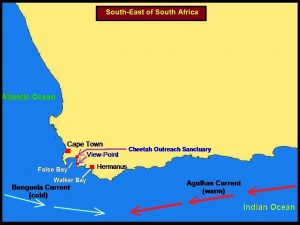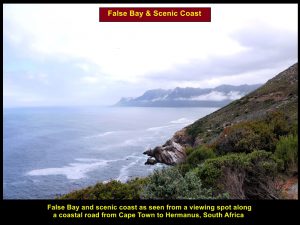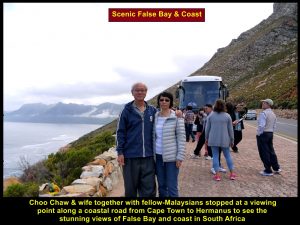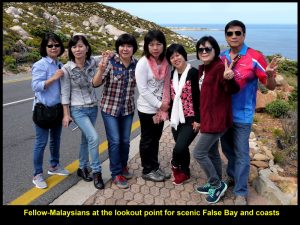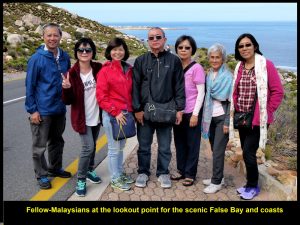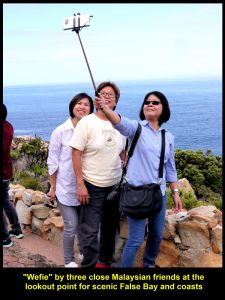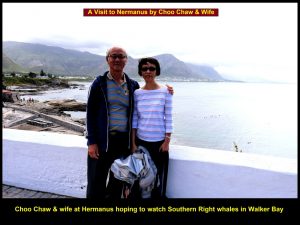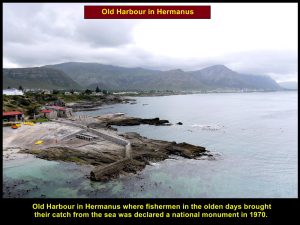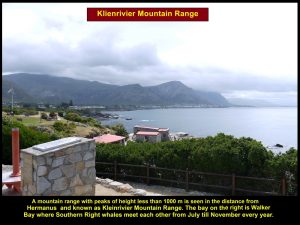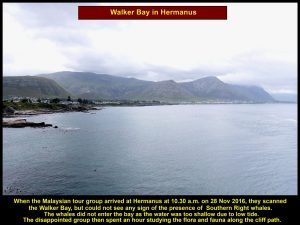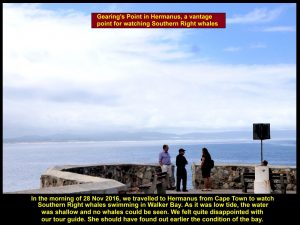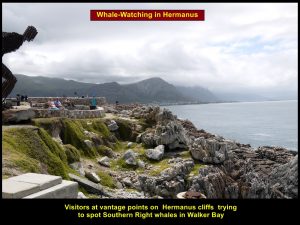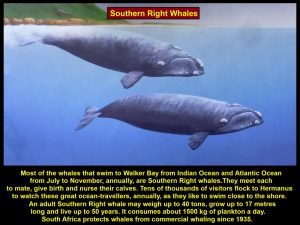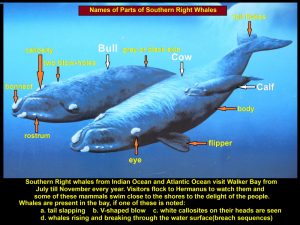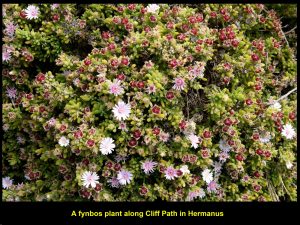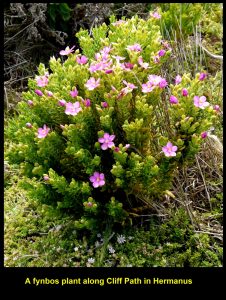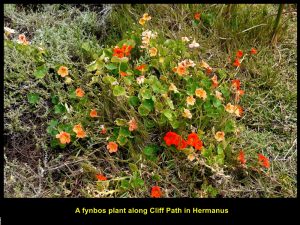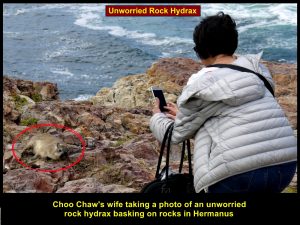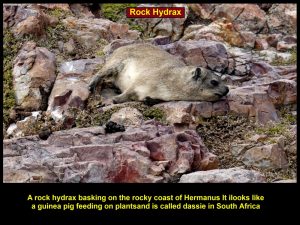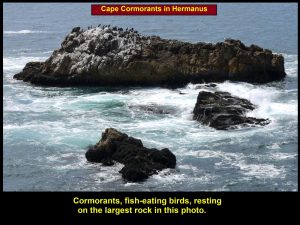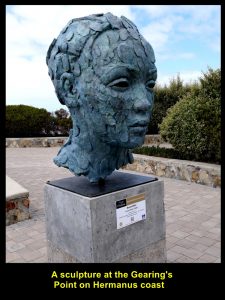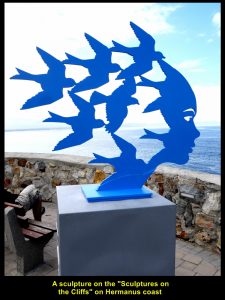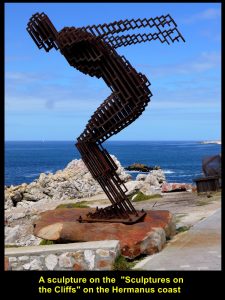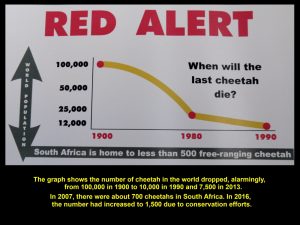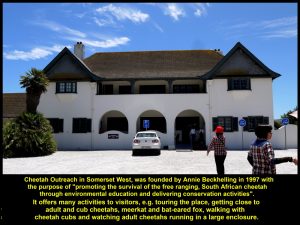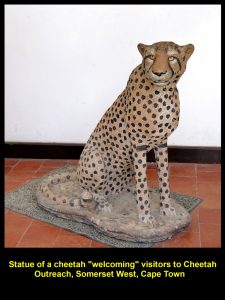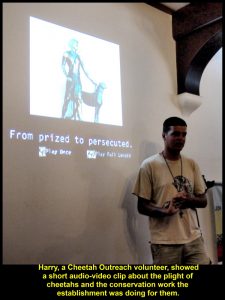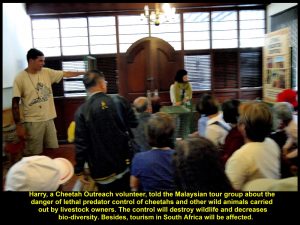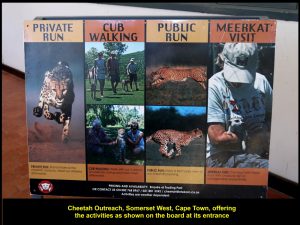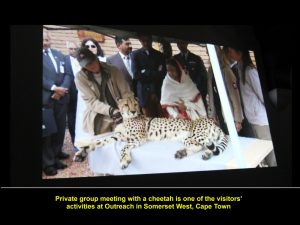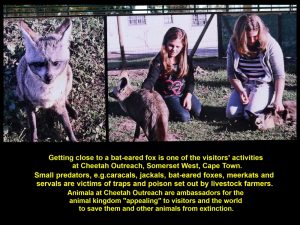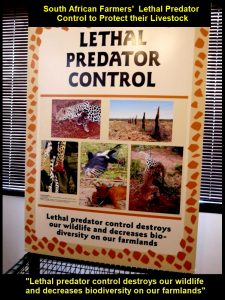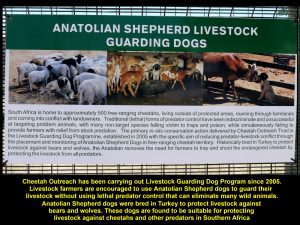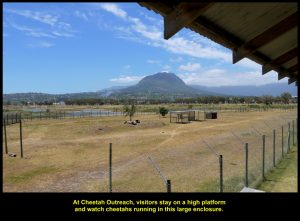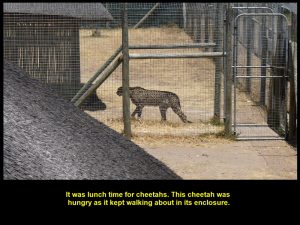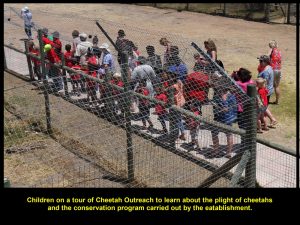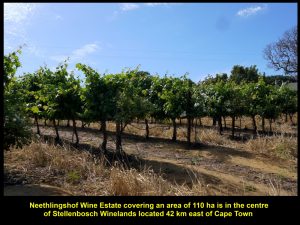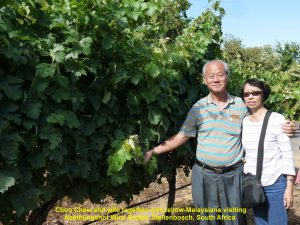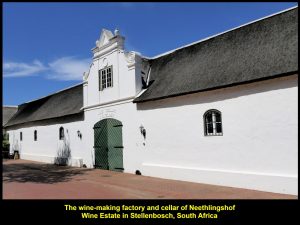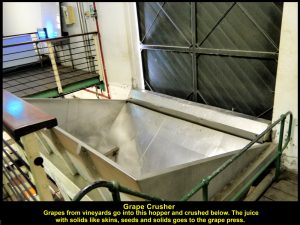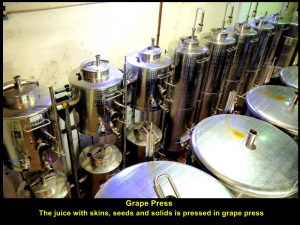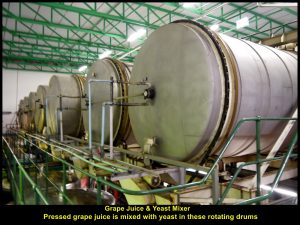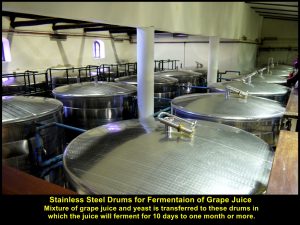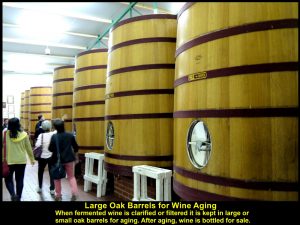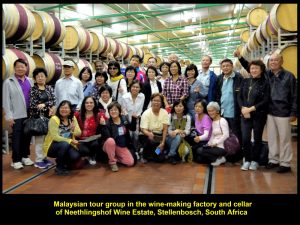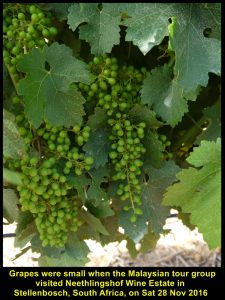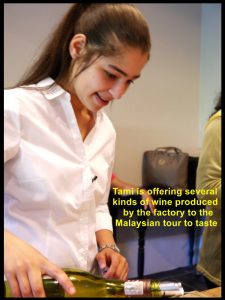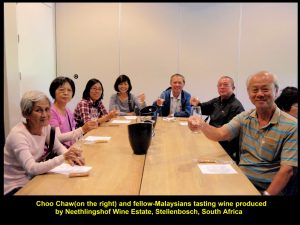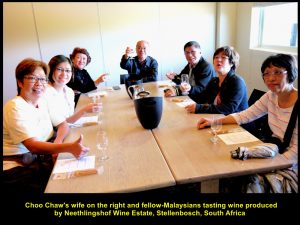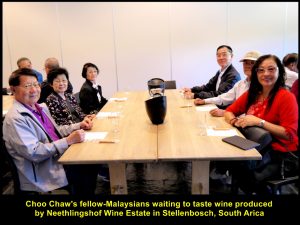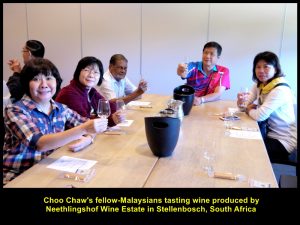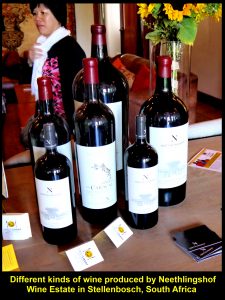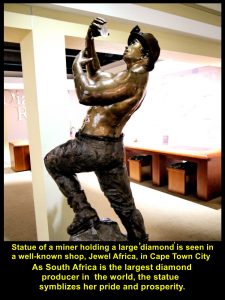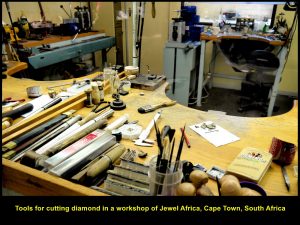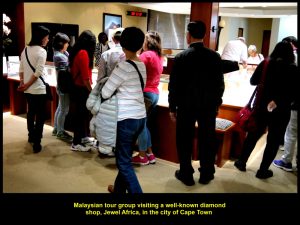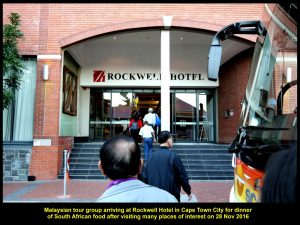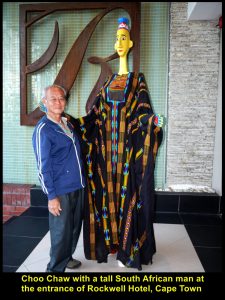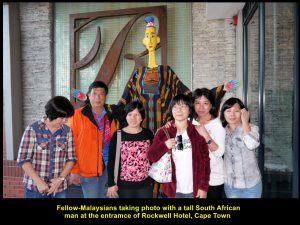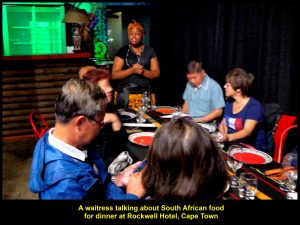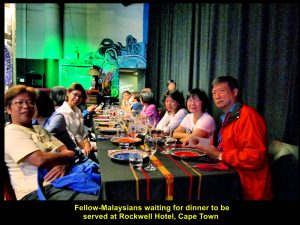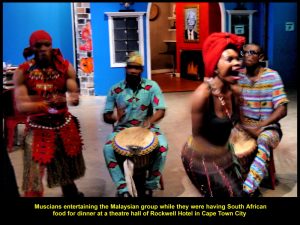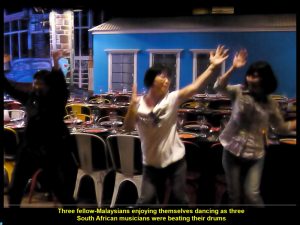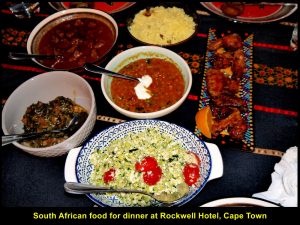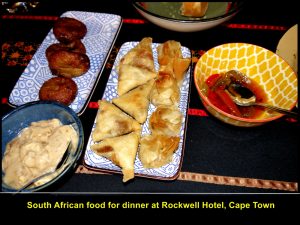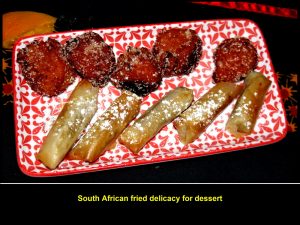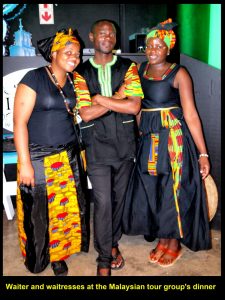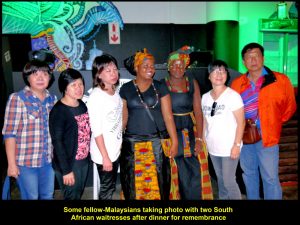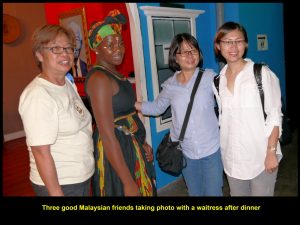South Africa Travel Part III: Hermanus, Cheetah Outreach, Stellenbosch, Jewel Africa
South Africa Travel Part III: Hermanus, Cheetah Outreach, Stellenbosch, Jewel Africa
(continue from South Africa Part II)
Day 3 Monday, 28 November 2016
Journey from Cape Town to Hermanus(115 km)
Scenic False Bay
In the morning, we left Cape Town City for Hermanus that is 115 km south-east of the city. After travelling half-way, we stopped for a short while at a spot off the coastal road where we could see the scenic False Bay, headlands and the rocky coasts. The view was stunning and we took some photos of the scenery and ourselves, too.
Hermanus
Then we continued our journey to Hermanus. At 10.30 a.m. we arrived at the town of Hermanus. It was a fishing town in the olden days and its old harbour was declared as a national monument in 1970.
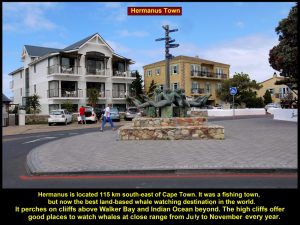
Hermanus Town was a fishing town. Now it is the best land-based whale watching destination in the world.
Walker Bay
Located in the distance is a mountainous range known as Klienrivier Mountain Range with peaks of height less than 1000 m. Walker Bay is Southern Right whales’ favourite place to meet each other from July to November. In the water they spend their time playing, mating, giving birth and nursing their calves.
Southern Right Whale
An adult Southern Right whale weighs about 40 tons and consume 1500 kg of food a day. Their food consists mostly of plankton where they forage in Indian Ocean and Atlantic Ocean. They can live up to 50 years and grow to a length of 17 m. These mammals are protected from commercial whaling by the South African government since 1935.
Gearing’s Point
On arrival at Hermanus town, we walked to a place on a cliff, Gearing’s Point, to look out for Southern Right whales in a bay called Walker Bay.
Disappointment
After spending several minutes looking out for the whales, we realized that no whales would go to the bay at that moment due to low tide. Out trip there to watch whales was wasted. We felt quite disappointed with our tour-guide because she did not find out the condition of the bay earlier.
Flora and Fauna
Anyway, we spent the rest of our time walking along a path on the cliffs studying the flora and fauna. The area is covered with fynbos vegetation consisting of diverse, small plants that produce colourful flowers, like erica and protea plants. Below are some of the plants found along the cliff-path.
Rock Hydraxes
Along the path we saw a few guinea-like mammals known as rock hydraxes basking on rocks. Some visitors felt excited and took photos of the animals. They were resting on the rocks oblivious of the presence of human beings.
Cormorants
We heard some birds chirping among the plants and saw several cormorants basking on a rock in Walker Bay several hundred metres away from the shore.
“Sculptures on the Cliffs”
Sculptures created by South African artists could be seen at a place known as “Sculpture on the Cliffs” at Gearing’s Point. Here are some sculptures I photographed at the place:
War Memorial Monument
Before we left Hermanus we came across a war memorial monument erected on a cliff in memory of those local soldiers who were killed in World War I(1914-1918) and World War II(1939-1945).
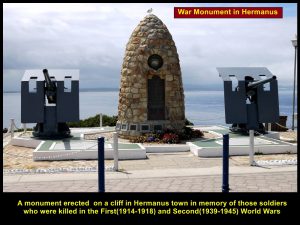
A monument erected in Hermanus Town in memory of the fallen soldiers in WWI(1914-1918) and WWII(1939-1945)
Having spent an hour exploring Hermanus Town and feeling disappointed for not being able to watch any whales swimming in Walker Bay, we left for another place known as Cheetah Outreach.
Cheetah Outreach
Located about 70 km north-west of Hermanus, Cheetah Outreach provides “an education and community-based programme created to raise awareness of the plight of the cheetah and to campaign for its survival”. It is in a region known as Somerset West.
Red Alert
The world population of cheetahs was 100,000 in 1900 and then plummeted to 10,000 in 1990. It dropped further to 7,500 in 2013. Soon these animals will disappear from earth if no drastic conservation efforts are taken.
In South Africa, the number of cheetahs was 700 in 2007. But in 2016, it increased to 1,500 due to serious conservation efforts.
Annie Beckhelling
Cheetah Outreach was founded by Annie Beckhelling in 1997 with the purpose of “promoting the survival of the free ranging South African cheetah through environmental education and delivering conservation activities”.
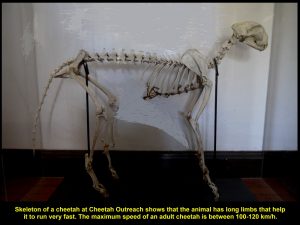
A cheetah skeleton shows that the animal has four long limbs that help it to run faster than other kinds of animals
Harry, Cheetah Outreach Volunteer
On arrival at Cheetah Outreach, we were greeted by a volunteer Harry. He ushered us into a room and shown us a short audio-video clip about cheetahs, their plight, conservation programs to save and increase their population, etc.
Cheetah Outreach Activities
Cheetah Outreach offers many activities, such as guided tour of the place, getting close to cheetahs, meerkat and bat-eared fox, and watching cheetahs run in a large enclosed, open field, to name a few.
Animal Kingdom Ambassadors
After the show, Harry brought us round outside to see some animals, such as dogs, bat-eared fox and cheetahs. He told us that those animals were “ambassadors” for animal kingdom “appealing” to visitors and the whole world to save their kinds and other animals from extinction.
Lethal Predator Control
Livestock farmers in Southern Africa used lethal predator control against cheetahs to protect their livestock(cattle and goats). Examples of the control were using traps and poison. This lethal control had diminished the number of cheetahs, greatly. Besides, many victims of this control, like bat-eared foxes, caracals, meerkats, and other wild animals were killed.
Livestock Guarding Dog Program
In 2005 Cheetah Outreach carried out a program called “Livestock Guarding Dog Program”. They bred Anatolian Shepherd dogs and gave them away to the farmers to guard their livestock against the predators. As the dogs are good protectors of livestock, farmers continue to use them. Consequently, more wild cheetahs and other animals were saved.
Cheetah Run
The last place Harry brought us to was a large enclosure, a large fenced-up field, where cheetahs would run for visitors on a high platform to watch. As it was animals’ feeding time while we were there, all animals’ activities were stopped.
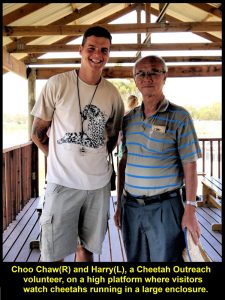
Choo Chaw and Harry on a high platform where visitors can watch cheetahs running in a large enclosed field
Thanking Harry
Finally, we thanked Harry for the Cheetah Outreach tour. It has made us realize that the existence of wild animals is under constant threat by poaching, deforestation, lethal predator control and other unfavourable factors. Thanks to Cheetah Outreach for making the public aware of the plight of wild animals.
Neethlingshof Wine Estate
Our next destination was a grape-growing area known as Neethlingshof Wine Estate. It is in a large grape-growing region, Stellenbosch, which is about 15 km north of Cheetah Outreach and 42 km east of Cape Town.
Stellenbosch
Stellenbosch is a well-known grape-growing region in South Africa as its climatic and soil conditions are suitable for grape-growing. Grapes have been grown in the region since 1690. Now more than 200 grape-growers and wine-makers are found there. They produce one trillion litres of wine, annually.
Winery
When we arrived at Neethlingshof Wine Estate we headed straight to its winery. It has been producing wine since 1788. At the winery, a young, pretty lady, Tami, greeted us and conducted a tour of the winery for us.
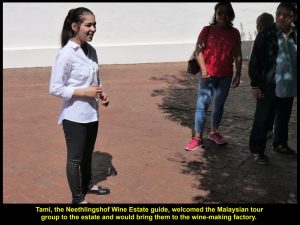
Tami greeted the Malaysian tour group and would talk about wine-making inside the factory or winery.
Tami, the Winery Guide
We went into a building where wine-making machines were kept. Tami told us the processes of wine-making, namely harvesting, crushing, pressing, fermentation, clarification(filtration), aging and bottling.
Wine-Aging
In the cellar there were large and small oak-drums for wine-aging. The purpose of aging is to create flavours and textures of the wines. Each large drum has a volume of about 5,000 litres and small one 30 litres.
Young Grapes
As the grapes in the vineyards were young and growing the wine-making was stopped. Those grapes would ripen three months later.
Wine-Tasting
After the tour Tami offered us five kinds of wine to taste and we enjoyed drinking them.
A few fellow-Malaysians bought some bottles of wine before we left Neethlingshof Wine Estate.
Jewel Africa, Diamond Shop
The next place we went to was a diamond and tanzanite shop, Jewel Africa, in the city of Cape Town. South Africa is the largest producer of diamond in the world. The largest diamond weighing 605 grams in the world was found in South Africa. It was found in a mine near Pretoria in 1905. They called it “The Cullinan”, named after the Chairman of the mine, Thomas Cullinan.
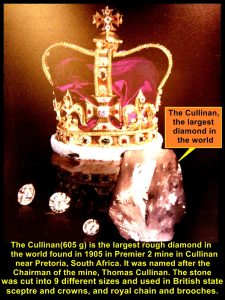
The largest diamond, The Cullinan, weighed 605 grams and used in British crowns and spectre, and royal members’ jewellery.
Cullinan I-IX
It was then cut into 9 pieces calling them Cullinan I to IX. The heaviest one is Cullinan I that weighed 106 grams and the lightest, Cullinan IX is 0.9 gram. They were used for the British crowns and spectre, and royal members’ brooches, ring and chain, too.
Expensive Jewellery
Jewel Africa had quite a variety of jewellery studded with diamond and tanzanite. As they were quite expensive, nobody bought any. So we left the place to the disappointment of the staff and went to a hotel for dinner, Rockwell Hotel.
Yellow Man
On arrival at the hotel, we were greeted by a tall, yellow man at the entrance. Some of us were fascinated by him and took photo with him.
Exotic South African Food
Then we were ushered into a small theatre-hall where we had exotic South African food for dinner. It consisted of many kinds of dishes that we could not finish.
South African Dance
In the midst of the meal, we were entertained by musicians and dancers. Three of our friends let their hair down as they danced with them, happily.
Here are some of the South African dishes we had for the dinner.
Photo Session
After dinner, some of us took photos with the waiters and waitresses for remembrance.
Back to Hotel
Finally, we went back to our hotel, Southern Sun Hotel, which was nearby.
It was another busy but unforgettable day as we had visited a few interesting places, namely Hermanus, Cheetah Outreach, Neethlingshof Wine Estate and Jewel Africa.
The following day would be another busy one visiting a few significant spots on the Cape Peninsula that is south of Cape Town City.
(continue in South Africa Part IV)
Written by Choo Chaw
South Africa Travel Part I: Air Flight from KLIA to Cape Town, Cape Town Shantytowns
South Africa Travel Part II: Table Mountain, Malay Quarter, Castle of Good Hope. A & V Waterfront
South Africa Travel Part III: Hermanus, Cheetah Outreach, Stellenbosch, Jewel Africa
South Africa Travel Part IV: Duiker Island of Seals, Cape Point, Boulders
South Africa Travel Part V: Cape Town to Johannesburg, Pilanesberg National Park(Game Drives)
South Africa Travel Part VI: Sun City, Union Buildings, Vootrekker Monument
South Africa Travel Part VII Kruger Museum, Church Square, Melrose Museum, Carnivore Restaurant
South Africa Travel Final Part Gold Reef City: Gold Mine Museum
Comments
Tell me what you're thinking...
and oh, if you want a pic to show with your comment, go get a gravatar!

